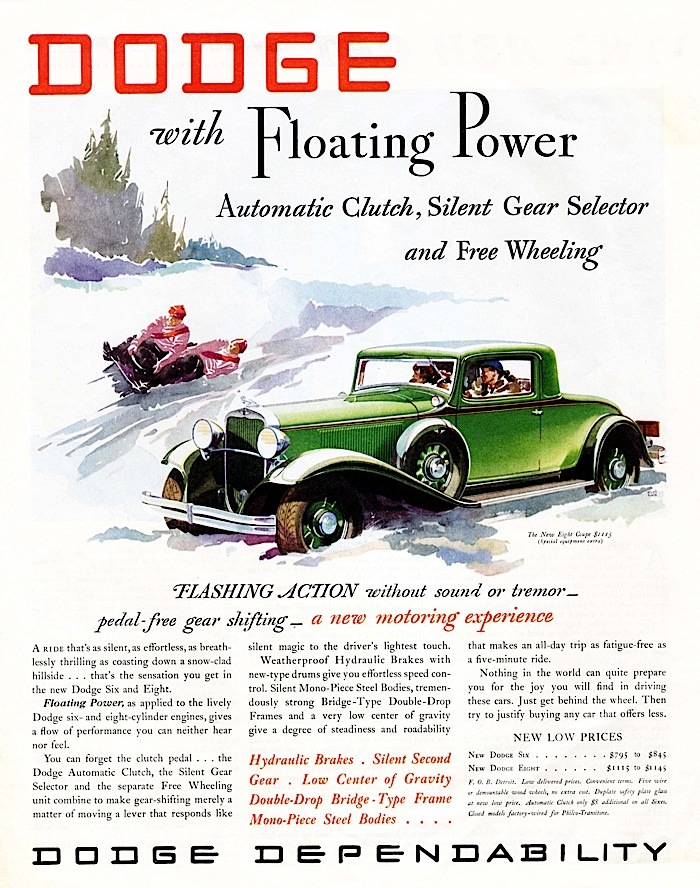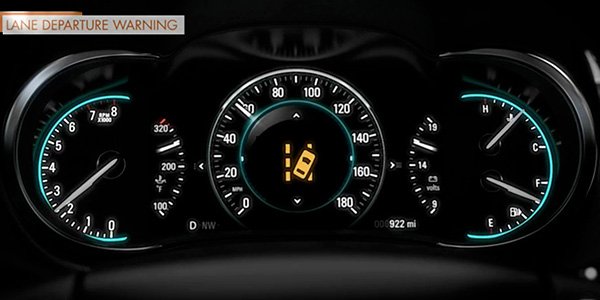The 2012-2022 Buick Encore is based on the Gamma II platform that is shared with the Chevy Trax. This has been the best-selling Buick for several years. Like a lot of modern vehicles, the alignment specs are tight with almost no adjustments built in except for toe. However, alignments are key to the health of the tires and some of the advanced safety systems like automatic emergency braking and lane keeping.
Front Suspension
The front suspension on the Encore has a single lower control arm and MacPherson struts. Some models have a suspension dampener on the front bolt of the lower control arm. The part helps to control vibration that could be transmitted to the subframe. If the caster is out of specification, look at the bushings on the lower control arm for damage. Camber can be adjusted by installing cam bolts in the lower hole of the strut mount. This should give ±1.75 degrees of adjustability. Inspection of the lower control arm is a critical part of aligning the Encore. The arm can be bent due to curb strikes and the bushings can quickly deteriorate. Also, inspect the sway bar links for any signs the ends have play.
Rear Suspension
The Encore comes in front-wheel-drive and all-wheel-drive versions. Both versions use a trailing arm beam axle. The camber and toe for the front-wheel-drive version can be adjusted with shims. Unfortunately, there are no adjustments for the all-wheel-drive version. If camber or toe are out of specification in the rear, look for a damaged wheel. If the thrust angle is out of specifications, inspect the trailing arm bushings.
 It’s hard to imagine that most vehicles before WWII had only basic motor mounts that just held the engine and transmission to the frame. With the powerful engineering resources of Chrysler at its disposal, Dodge was able to offer numerous technical innovations on new models in 1932, including Floating Power, an engine mounting system that isolated drivetrain noise and vibration from the driver for a smoother, quieter ride. Other advances included Free Wheeling, Silent Gear Selector and Automatic Clutch.
It’s hard to imagine that most vehicles before WWII had only basic motor mounts that just held the engine and transmission to the frame. With the powerful engineering resources of Chrysler at its disposal, Dodge was able to offer numerous technical innovations on new models in 1932, including Floating Power, an engine mounting system that isolated drivetrain noise and vibration from the driver for a smoother, quieter ride. Other advances included Free Wheeling, Silent Gear Selector and Automatic Clutch.













